I Only Stream – Do I Need Expensive Gear?
One of the questions I often see on forums is, “I only stream – do I need expensive gear?” Well, with most things in our hobby, that depends. Should you cut corners and save pennies? Or will you end up with buyer’s remorse? Let’s talk about it.
The State Of Streaming
Streaming is here to stay, full stop. In 2007, Netflix started its streaming service. Netflix was the only game in town, but it still had a significant mail-to-home disc service that kept them afloat. Names like Blockbuster were commonplace in our homes. And I am sure your local corner store had a slew of VHS and DVDs available for rental.
Then, we started to see a change in how we consume media. Broadband internet connections became a) readily available, b) faster, and c) cheaper. Couple that with devices that could stream Netflix easily, and we saw a massive surge in online streaming presence.
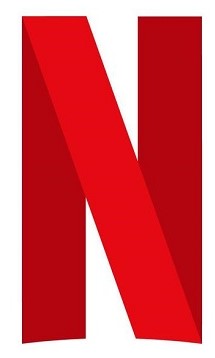
Where there was only one, we now have hundreds. No, I am not exaggerating. Almost every major broadcast corporation has a version (paid or free) of a streaming platform. Here in Canada, I have access to at least four FREE streaming services (CBC Gem, CTV, Global, and TSN) that give me access to sports, news, movies, and TV shows. My cable provider, Fibe (Bell), has an app that allows me to watch my cable service on any device!
Add Disney +, Netflix, Prime Video, Paramount Plus, HBO Max… You see where I am going here. It’s gotten to a point where folks renew and cancel their subscriptions in a rotation to get all the shows they want but not pay for 10+ streaming services. Add the fact that Disney announced they are no longer releasing physical media and Best Buy discontinued their Blu-ray and UHD disc sales; you can see where streaming is headed.
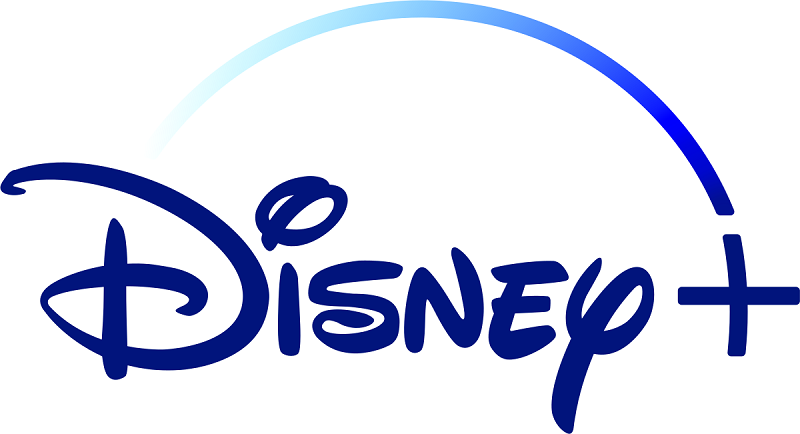
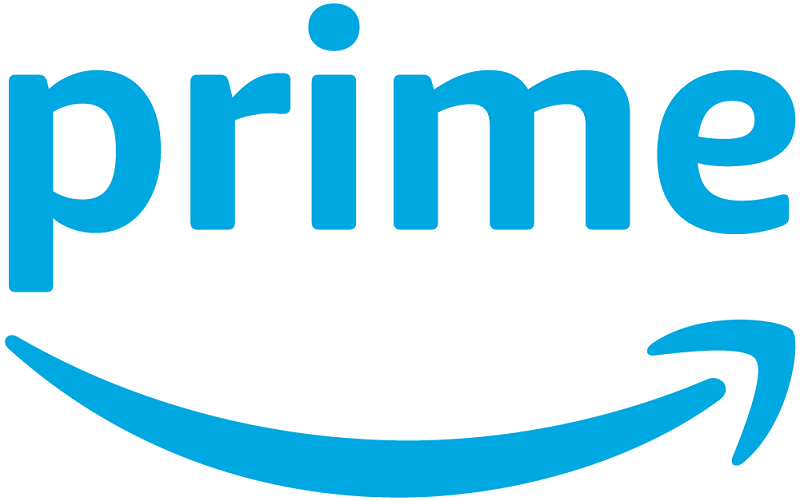
So, Do I Need Expensive Gear For Streaming?
Again, that depends. This is a case where your mileage may vary. If you stick with primarily local broadcast stations, or in my case, free versions of my local providers, probably not. I get a 1080P broadcast that is PCM, so I am not getting a 4K picture or native surround sound (upmixing). But once you get into some paid services, you start to see some of the benefits of having more capable gear.
Video Quality
It used to be that disc was king! You have uncompressed video and audio. Therefore, you get the best version of whatever media you play. My early Netflix couldn’t hold a candle to a disc. I might have gotten 720P at best. And surround sound? Forget it! But, let’s remember, I had a 100Mbps download connection – if I was lucky. Now I have a 1.5Gbps fiber connection!
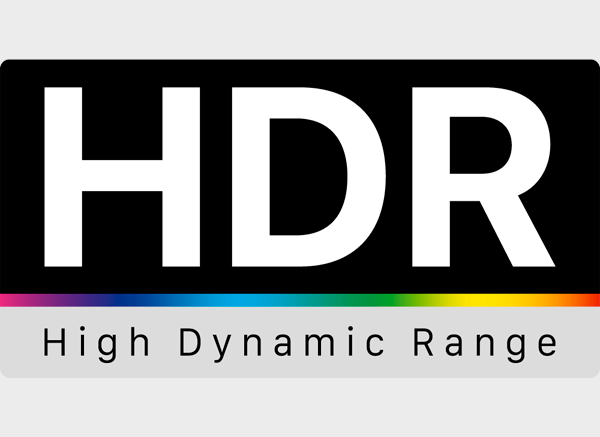
And compression algorithms are getting good. Even if the streaming service has to send a compressed video signal, it’s not as pixelated as past versions. Now, we get 4k signals with HDR (high dynamic range) and DV (Dolby Vision). But do streaming platforms support this? You bet they do. I created a chart based on the most popular streaming services and devices, and most support some form of HDR. Whether that be HDR, HDR 10+, or DV, this is where we need to start answering the question, “I only stream – do I need expensive gear?” Well, that depends!
Streaming Quality by Provider and Device
| Netflix | Prime | HBO Max | Disney + | Hulu | Peacock | Paramount+ | Apple TV+ | Vudu | YouTube | |
| Nvidia Shield | 4k** HDR/DV** 4K SDR** | 4k HDR/DV 4K SDR | 4k HDR/DV | 4k HDR/DV 4K SDR | 4K SDR | 4K HDR 10 4K SDR | 4k HDR/DV 4K SDR | 4k HDR/DV 4K SDR | 4k HDR/DV 4K SDR | 4K SDR |
| Roku | 4k** HDR/DV** 4K SDR** | 4k HDR* 4K SDR | 4k HDR/DV | 4k HDR/DV 4K SDR | 4k HDR/DV 4K SDR | 4K HDR 10 4K SDR | 4k HDR/DV 4K SDR | 4k HDR/DV 4K SDR | 4k HDR/DV 4K SDR | 4K HDR |
| Fire TV | 4k** HDR/DV** 4K SDR** | 4k HDR/DV 4K SDR | 4k HDR/DV | 4k HDR/DV 4K SDR | 4k HDR/DV 4K SDR | 4K HDR 10 4K SDR | 4k HDR/DV 4K SDR | 4k HDR/DV 4K SDR /DV | 4k HDR/DV 4K SDR | 4K HDR |
| Apple TV 4K | 4k** HDR/DV** 4K SDR** | 4k HDR* 4K SDR | 4k HDR/DV | 4k HDR/DV 4K SDR | 4k HDR/DV 4K SDR | 1080P SDR | 4k HDR/DV 4K SDR | 4k HDR/DV 4K SDR | 4k HDR/DV 4K SDR | 4K HDR |
| Google TV | 4k** HDR/DV** 4K SDR** | 4k HDR/DV 4K SDR | 4k HDR/DV | 4k HDR/DV 4K SDR | 4K SDR | 4K HDR 10 4K SDR | 4k HDR/DV 4K SDR | 4k HDR/DV 4K SDR /DV | 4k HDR/DV 4K SDR | 4K HDR |
In order to get the most from HDR content you need a TV that gets bright and has good contrast. Of course, OLED is king here. With infinite contrast, inky blacks, and superb brightness, it’s the obvious choice. But OLED’s aren’t cheap. Can a reasonably priced TV do the trick? You betcha. Head on over to Rtings Compare and put some TV’s head-to-head. A quick comparison shows me that the Hisense U7K ($1000/65″) is a great mid-range TV for HDR content.
So the short answer is no, you don’t need the BEST gear to watch HDR content, but you do need something of reasonable quality to enjoy all the features.
Audio Quality
As with video quality, streaming audio quality has progressively improved each year. Early Netflix was consumed on TV speakers, tablets, and headphones. We are getting hi-res audio codecs that will give us lossless audio over streaming! What a time to be alive.
But “I only stream – do I need expensive gear?” for audio? That depends on what you want to get out of your system. If you intend to only listen to streaming on (gasp) built-in TV speakers, no, you don’t. But can you get quality from streaming that rivals a physical disc? Guess who has a chart?
| Netflix | Prime | HBO Max | Disney + | Hulu | Peacock | Paramount+ | Apple TV+ | Vudu | YouTube | |
| 2.0 Stereo PCM | Yes | Yes | Yes | Yes | Yes | Yes | Yes | Yes | Yes | Yes |
| Dolby Digital 5.1 | Yes | Yes | Yes | Yes | Yes | Yes | Yes | Yes | Yes | Yes |
| Dolby Digital Plus | Yes | Yes | Yes | Yes | Yes | No | No | No | Yes | No |
| Dolby Atmos | Yes – Premium | Yes | No | Yes | No | No | No | Yes | Yes | No |
Again, this depends on what you want from your audio. If you are looking to get basic 5.1 surround, you don’t need to break the bank to get a basic 5.1 AV receiver and speaker set up. If you want to move into a very immersive experience, you will need to invest in higher-end, multi-channel Dolby Atmos-enabled AV receivers.
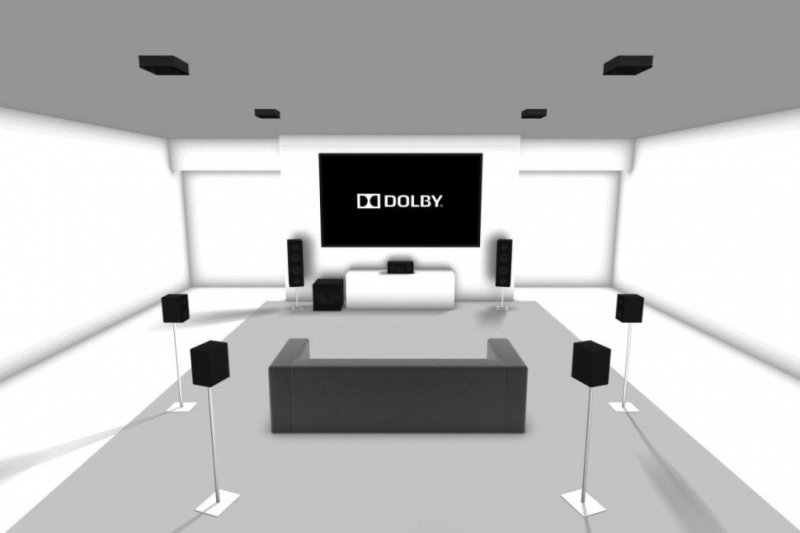
No longer is the quality of the audio track the limiting factor. Had you asked me this question in 2007 when Netflix was in its infancy, I wouldn’t suggest spending a cent on expensive audio gear. Now we can get audio streams that darn near match the physical copy of the disc in terms of fidelity and quality. If money is no object, Kaleidescape offers perfect 1:1 digital copies that match disc quality perfectly.
Our Take
To answer the question, “I only stream – do I need expensive gear?” the answer is no. But, streaming quality is not the limiting factor in this equation. Streaming services offer hi-res audio and video, allowing you to get an experience that will rival your physical discs. The limiting factor now will be what you are willing to spend to take advantage of the quality that streaming offers.



You have excellent advise on audio things, but when it comes to video, you are wrong too many times to trust you.
High end TVs provide one of the most important features regarding streaming: processing bit-starved content to make it look palatable. Cheap TVs lack processing power to do this properly.
So the answer to the title question is a resounding yes. Actually, if you used UHD discs only, you might get away with no processing at all, but for streaming, you better have the best you can afford.
On the other hand, your old 100mpbs connection was -and would be today- just fine for any streaming content. As a matter of fact, even the highest end TVs have just a 100mpbs Ethernet port. When streaming, you won’t get much higher than 20mpbs ever (except for rare, restrictive and expensive services like Sony’s proprietary Core streaming service).
I just watched Top Gun Maverick from both Apple TV+ and UHD, and the difference I noted was in audio only. Video quality, LG B9 65” at 6’ was damn near identical. And that is all processing off.
So yes, maybe Netflix at 1080p vs 4k is noticeable, but the 4K versions are hard to tell the difference.
Let me say this so you don’t think I’m trying to knock you: This was a very well researched article, and I agree with you for the most part, but Pablo does bring up a good point about the data rates being constricted by the services, and these bit-starved presentations need some good processing to make the picture look nice on a decent-sized display. With most of the data being used for the picture, the audio still lags behind when it comes to streaming; the old, lossy, compromised rates of Dolby and DTS tracks on DVD had higher bit rates than their streaming counterparts (Kaleidescape doesn’t count because it isn’t streamed; it’s downloaded).